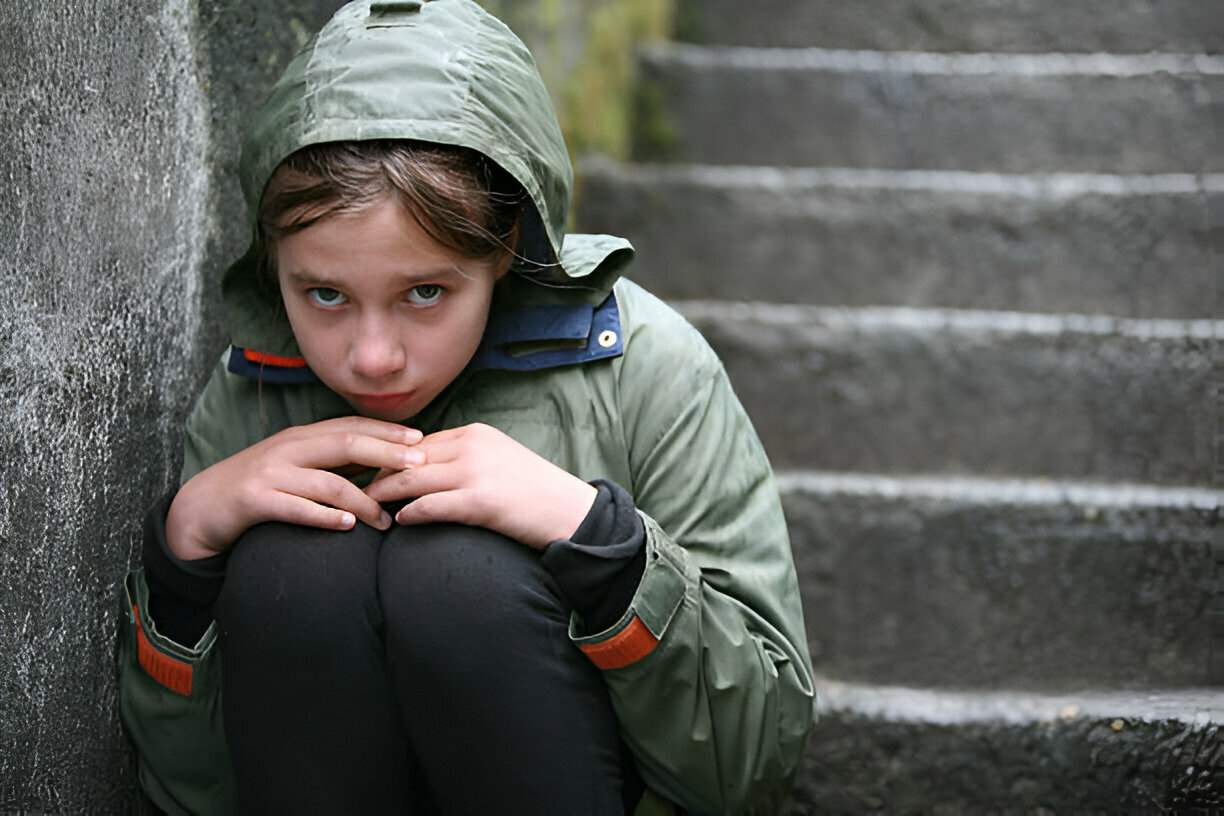Childhood trauma is a profound experience that can shape the course of a person’s life long into adulthood. It’s a sensitive topic that requires compassion, understanding, and careful attention. This post takes a look at the nature of childhood trauma, its far-reaching effects, and the journey towards healing and resilience.
We’ll explore key aspects of recovery and offer insights to support those affected by early life adversities.
Contents
Nature of Childhood Trauma
Childhood trauma encompasses a wide range of experiences that overwhelm a child’s ability to cope. These can include physical or emotional abuse, neglect, witnessing violence, or experiencing a significant loss. The impact of such experiences is deeply personal and can vary greatly from one individual to another.
What defines childhood trauma is not just the event itself, but how it affects the child’s developing mind and body. It can disrupt normal developmental processes, altering the way a child views themselves, others, and the world around them. Understanding this is crucial for both survivors and those supporting them on their healing journey.
Recognizing the Long-Term Effects
The effects of childhood trauma often extend far beyond childhood, influencing adult behaviors, relationships, and overall well-being. Common long-term impacts include difficulties with emotional regulation, trust issues, and a heightened stress response. Survivors may struggle with anxiety, depression, or post-traumatic stress disorder (PTSD).
Physical health can also be affected, with research showing links between childhood trauma and various health issues in adulthood. Recognizing these long-term effects is an important step in seeking appropriate support and beginning the healing process. It’s never too late to start addressing the impacts of childhood trauma.
Role of Attachment and Relationships
Childhood trauma often occurs within the context of relationships, particularly with caregivers. This can profoundly affect a person’s attachment style and ability to form healthy relationships later in life. Survivors may struggle with intimacy, trust, or maintaining boundaries in their adult relationships.
Healing in this area involves understanding one’s attachment patterns and learning to build secure, healthy connections. This process takes time and often requires professional support. However, forming positive relationships can be one of the most powerful factors in recovery from childhood trauma.
Developing Coping Strategies and Self-Care
Many survivors of childhood trauma develop coping mechanisms that, while protective in childhood, may become problematic in adulthood. These might include dissociation, substance use, or self-harm. Recognizing these patterns is an important step in healing.
Healthy coping strategies are essential for recovery. This can include mindfulness, self-compassion, or creative expressions like art or writing. Self-care is key to managing stress and fostering well-being, helping to create a sense of safety and control that might have been missing in childhood.
Journey of Post-Traumatic Growth
While childhood trauma can have devastating effects, it’s important to recognize the potential for growth and resilience. Many survivors report experiencing post-traumatic growth, developing strengths and insights as a result of their healing journey. This might include increased empathy, a deeper appreciation for life, or a strong drive to help others.
Embracing the possibility of growth doesn’t minimize the pain of trauma but offers hope for the future. It involves reframing experiences and finding meaning in one’s journey. This process is deeply personal and often occurs alongside professional support and a strong personal support network.
Conclusion
Healing from childhood trauma is a complex and deeply personal journey. It requires courage, patience, and often professional guidance. While the path may be challenging, recovery and growth are possible.
By understanding the nature of childhood trauma, recognizing its impacts, and embracing various healing strategies, survivors can move towards reclaiming their power and building resilient, fulfilling lives. Remember, it’s never too late to start healing, and every step forward is a victory worth celebrating.



